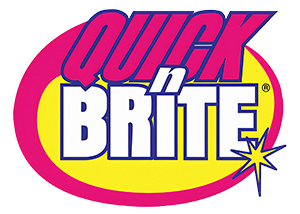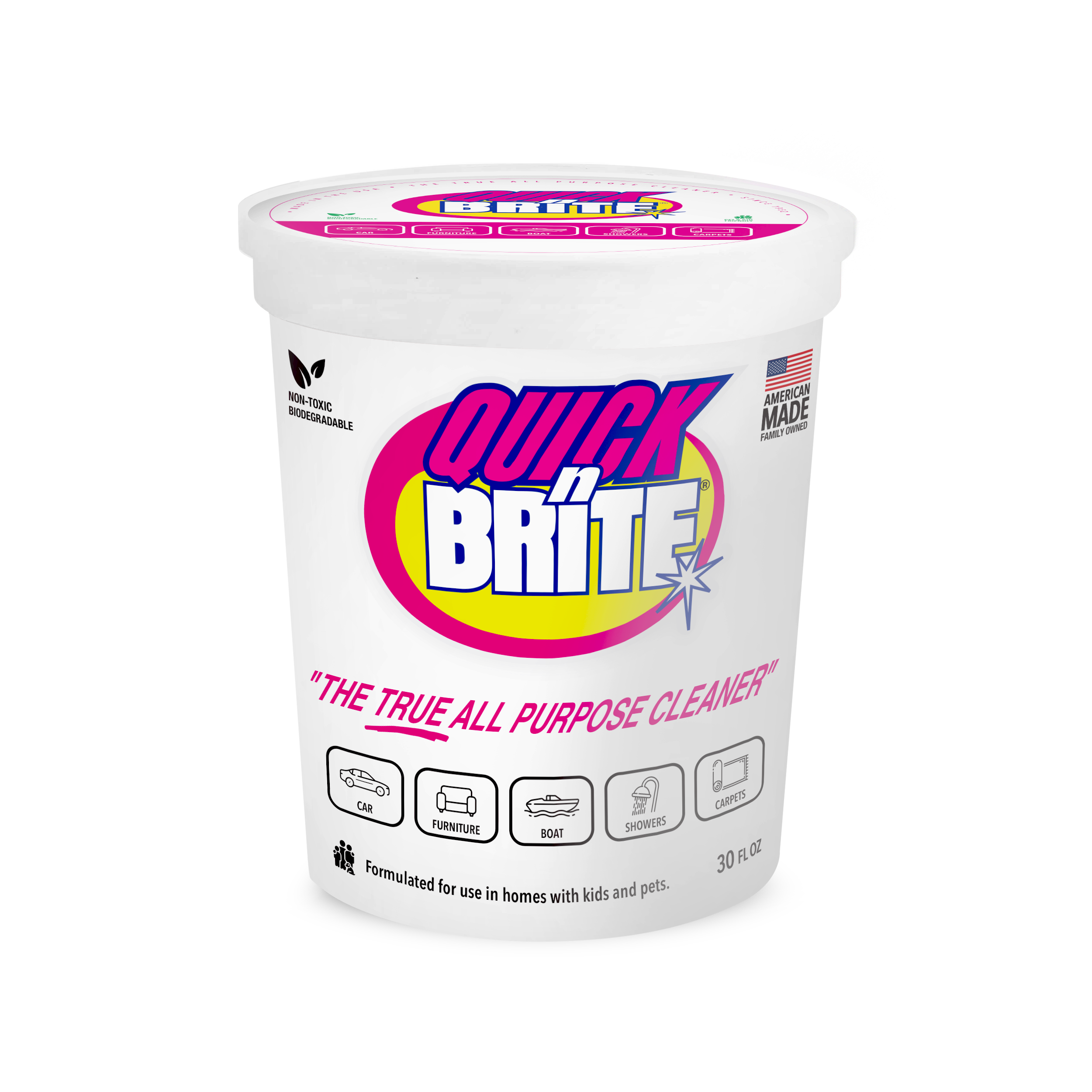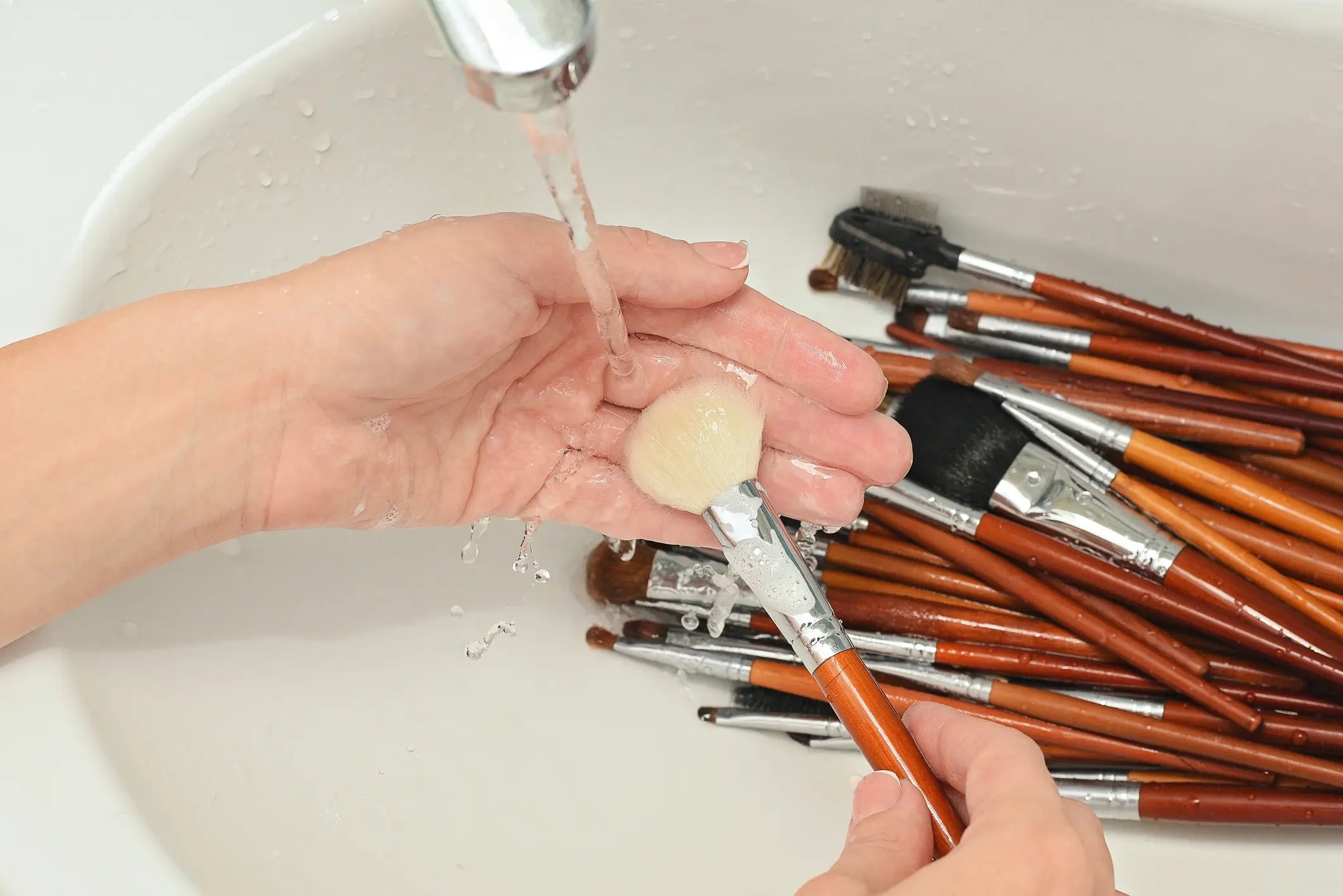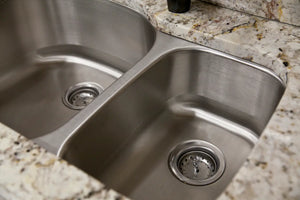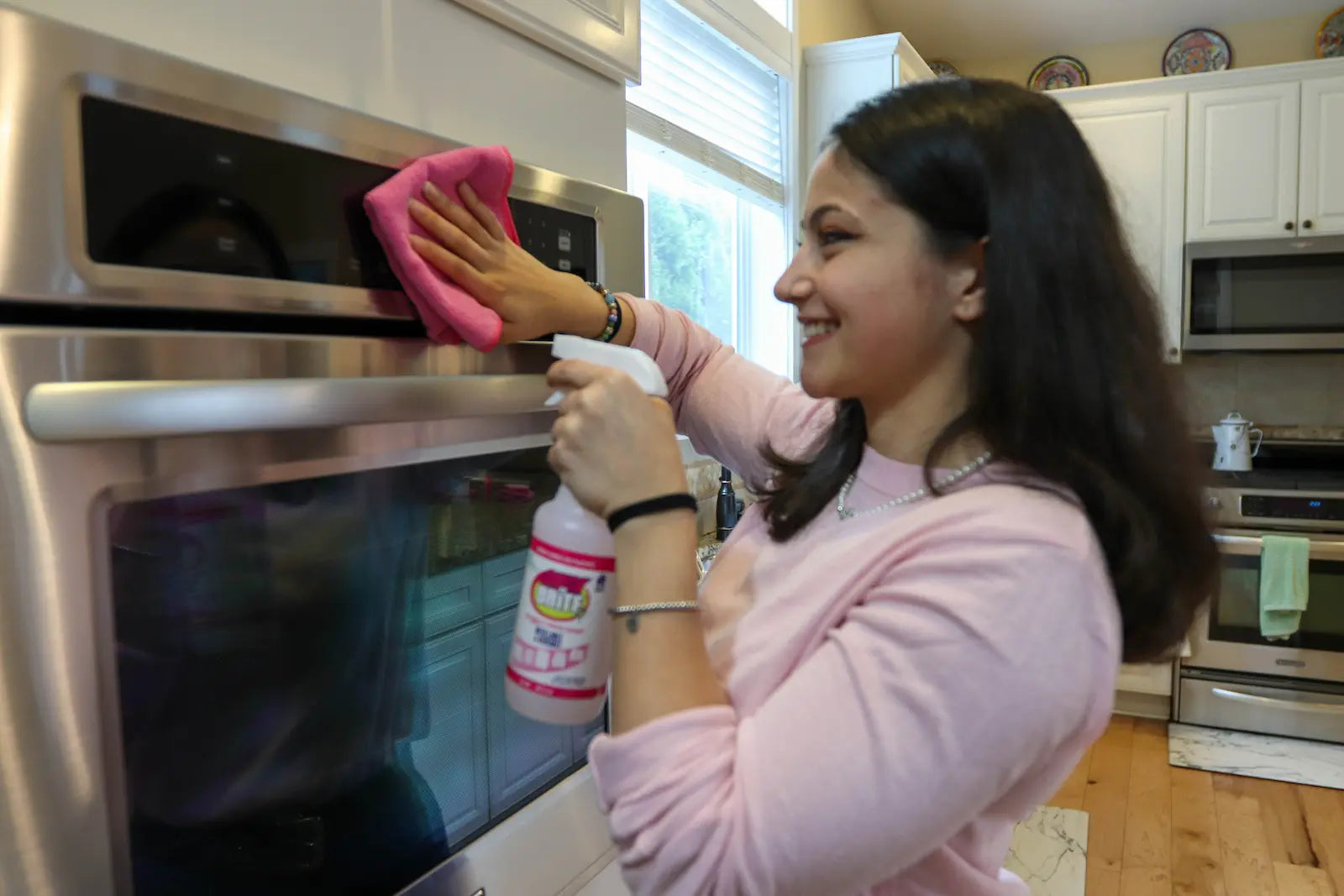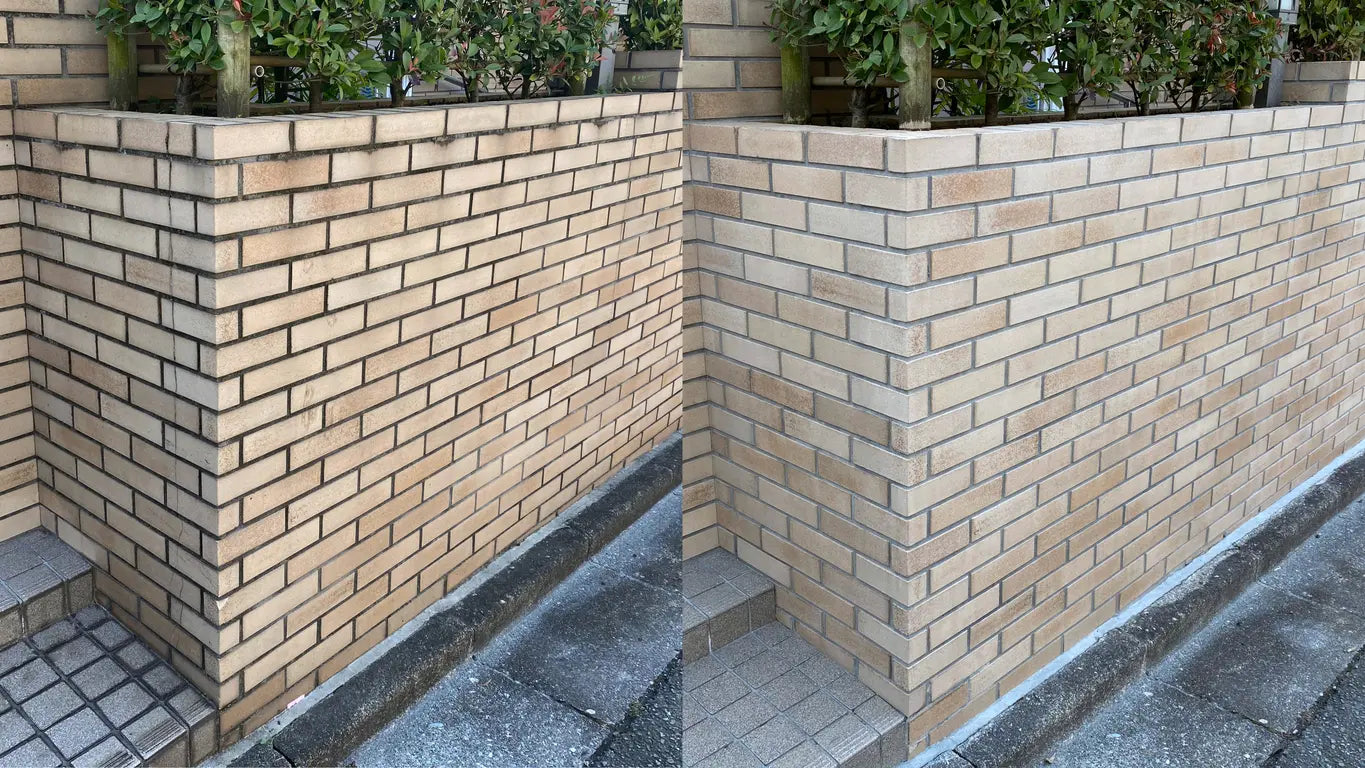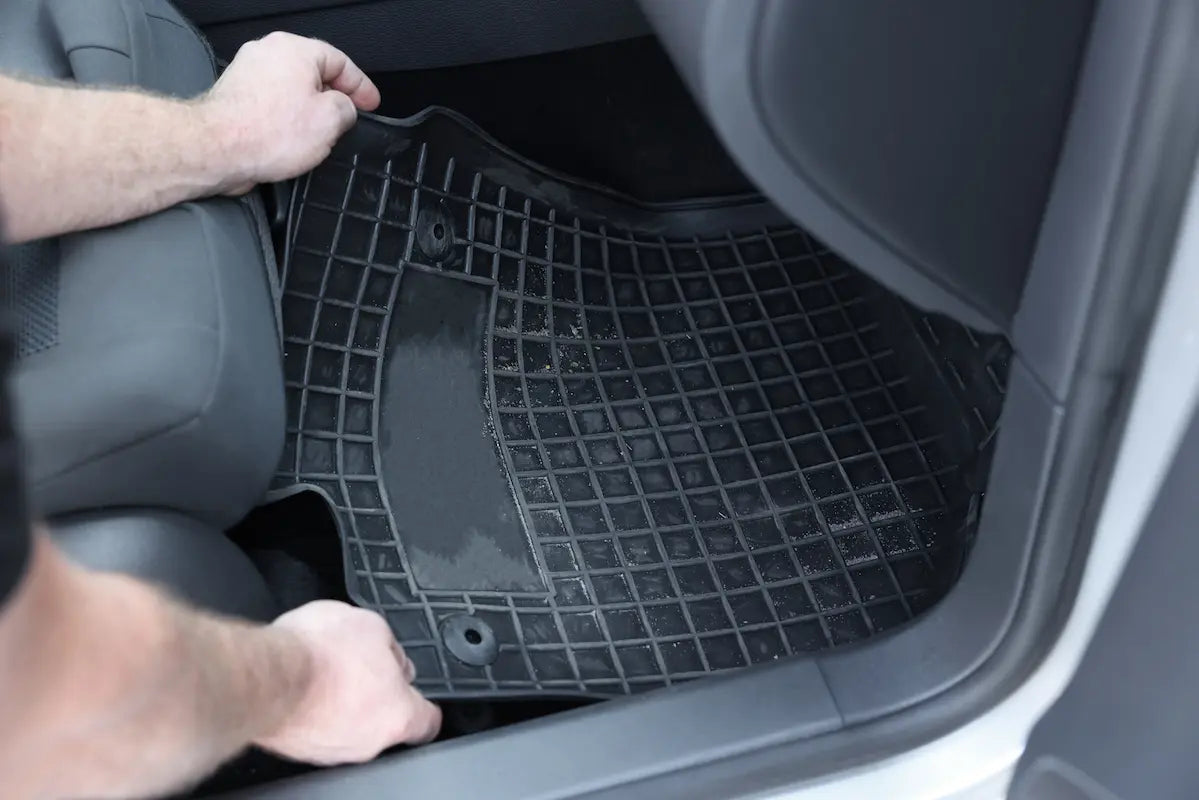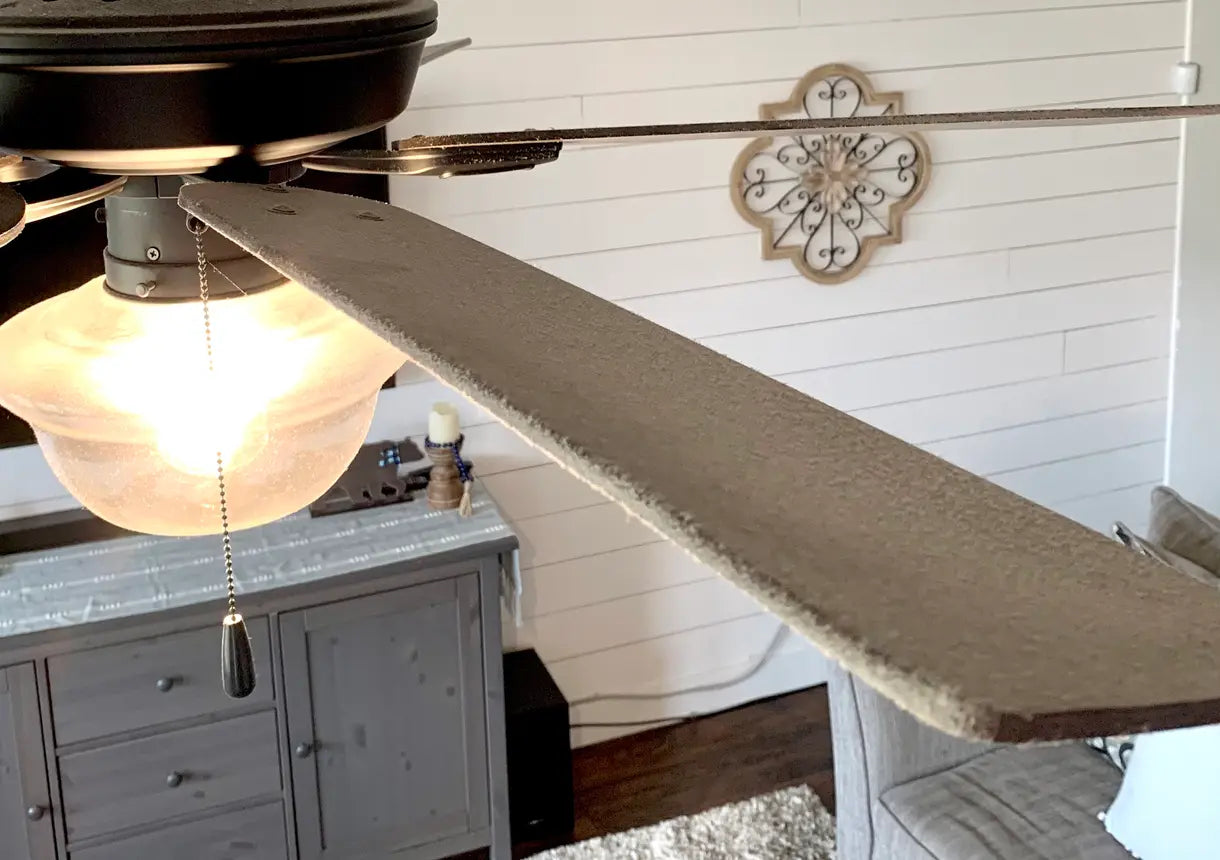Makeup brushes can easily harbor bacteria due to the accumulation of makeup residue, oil, and dirt, which may harm your skin if proper hygiene and a regular cleaning routine are not followed. To keep your skin healthy, make sure to wash and clean your makeup brushes every seven to ten days; here's how to clean makeup brushes safely and effectively.
Since our products are non-toxic and safe, there will be no harsh chemicals or toxins on your skin or your brushes and sponges.
Key Points for Cleaning Makeup Brushes
- Clean brushes every 7-10 days.
- Use Quick 'n Brite for effective cleaning.
- Safe for all brush types.
- Eco-friendly and gentle on bristles.
- Apply conditioner if bristles feel stiff.
What to Use for Cleaning Makeup Brushes
You can learn how to clean makeup brushes effectively using Quick 'n Brite All Purpose Pink Cleaning Paste:
- Direct Application. For stubborn makeup residue, apply the paste directly onto the brush bristles. Use a damp cloth or sponge to work the paste into the bristles and effectively wash away the makeup residue. Allow it to sit for a few minutes, then rinse thoroughly with lukewarm water and lay flat to dry.
- Light Solution. For regular maintenance, dissolve 1 oz (or 2 tsp) of paste per gallon of water. Swirl your brushes in this solution, gently massage the bristles, rinse, and dry flat. This gentle solution is perfect for keeping your brushes clean without damaging them.
- Heavy Solution. For brushes with heavy buildup, mix 6 oz of paste per gallon of water (or 2 tbsp per quart). Soak the brush tips in this stronger solution, then rinse and dry flat. This method provides a thorough clean for brushes used with liquid or cream products.
The Right Way to Clean Makeup Brushes
Thoroughly cleaning your makeup brushes is crucial for safeguarding your skin against acne, irritations, and infections. Follow these steps to make sure that your brushes are completely clean:
- Apply Paste. Apply our Quick 'n Brite All Purpose Pink Cleaning Paste directly to the tips of your brushes to tackle makeup buildup and residues.
- Work It In. Use a damp cloth or sponge to work the paste into the bristles, making sure the bristles are fully covered.
- Rinse. Rinse the brush tips under lukewarm running water until the water runs clear, removing all residue possible.
- Squeeze Out the Water. Gently squeeze excess water from the bristles using a clean, dry paper towel.
- Dry. Lay the brushes flat on a towel with the tips hanging off the edge to dry. Avoid standing them upright to prevent water from seeping into the handle.
- Brushes generally take about a day to dry. If they feel stiff after cleaning, apply a bit of conditioner to the bristles, rinse, and let them dry flat.
Cleaning Frequency for Makeup Brushes
The frequency of cleaning varies based on the type of makeup you use, and integrating this into your routine is essential for maintaining brush quality and hygiene. Brushes for liquid products such as concealer and foundation should be cleaned weekly. Brushes used around the eyes or for dry products like eyeshadow should be cleaned every two weeks. Brushes for applying powder can be cleaned monthly.
Remember to sanitize and clean sponges used with liquid products regularly, as they can harbor bacteria despite often containing preservatives. Regular cleaning helps prevent potential infections.
Can dirty brushes cause breakouts?
Using makeup brushes that haven't been cleaned regularly can contribute to skin breakouts and irritation. The accumulation of makeup, oils, dirt, and bacteria on the bristles make them a ticking time bomb for your skin’s health.
Among the common issues caused by dirty brushes, clogged pores often take the lead. This buildup can easily transfer to your face, leading to blemishes.
A frequent result of using such brushes is the introduction of acne-causing bacteria to your skin. This can lead to breakouts, particularly in areas where you're most prone to noticing imperfections, such as your cheeks, forehead, and temples.
By maintaining a routine cleaning regimen for your brushes, you can drastically reduce the likelihood of breakouts. Regular cleaning, ideally once a week, ensures that your brushes remain free from accumulation of harmful residue. This practice remains a proactive way to protect your skin while enhancing your overall makeup application experience. Remember, well-maintained brushes not only safeguard your skin but also allow for smoother blending and a more flawless makeup finish.
FAQ: Cleaning Makeup Brushes
Discover how to keep your makeup brushes spotless using Quick 'n Brite All Purpose Pink Cleaning Paste.
How often should I clean my makeup brushes?
Establish a hygiene routine on how to clean makeup brushes every seven to ten days, preventing bacteria buildup and promoting healthy skin.
Can Quick 'n Brite be used on all types of makeup brushes?
Yes, Quick 'n Brite is safe for all types of makeup brushes, whether synthetic or natural bristles, providing thorough cleaning without damage.
How do I use Quick 'n Brite for tough makeup stains on brushes?
Apply the paste directly to the bristles, work it in with a damp sponge, let it sit for a few minutes, then rinse thoroughly with lukewarm water.
Is Quick 'n Brite eco-friendly?
Absolutely, Quick 'n Brite is eco-friendly, making it a safe choice for both your brushes, your skin, and the environment.
What should I do if my brushes feel stiff after cleaning?
If your brushes feel stiff, apply a small amount of hair conditioner to the bristles, rinse, and lay flat to dry .
